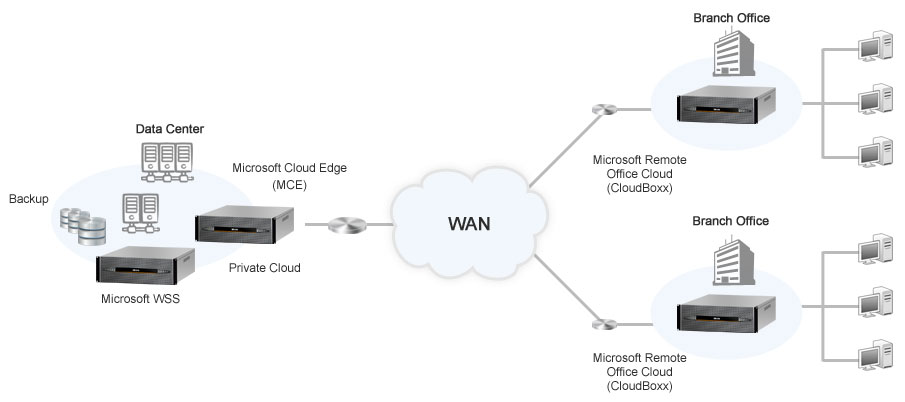|
Video conferencing technology has revolutionized the way we communicate and collaborate, allowing businesses and individuals to connect face-to-face regardless of their physical location. In recent years, video conferencing has experienced significant advancements, making it an essential tool for remote work, education, and personal interactions. The primary advantage of video conferencing is its ability to bridge the distance gap. With a reliable internet connection and a compatible device, people can participate in virtual meetings, interviews, and events from anywhere in the world. This technology has been particularly crucial during the COVID-19 pandemic when travel restrictions and social distancing measures limited in-person interactions. Video conferencing offered a lifeline for businesses to continue operations and individuals to stay connected with friends and family. One of the key drivers behind the evolution of video conferencing has been the improvement in video and audio quality. Early video conferencing systems often suffered from pixelated images and delayed audio, leading to a subpar user experience. However, advancements in camera technology, internet bandwidth, and compression algorithms have significantly enhanced the overall quality of video conferencing. High-definition video and crystal-clear audio now allow participants to perceive subtle facial expressions and non-verbal cues, creating a more immersive and engaging meeting environment. Another notable development is the integration of additional features and functionalities into video conferencing platforms. Today's video conferencing solutions offer screen sharing capabilities, virtual backgrounds, chat functions, and collaborative tools, transforming them into comprehensive collaboration suites. These features enable users to share documents, present slideshows, and annotate content in real-time, fostering effective communication and teamwork. Furthermore, the accessibility of video conferencing has greatly improved. Previously, specialized equipment and dedicated conference rooms were required to conduct video conferences. However, the rise of cloud-based video conferencing services has made it possible for anyone with a computer or mobile device to participate in virtual meetings. These platforms offer user-friendly interfaces and straightforward setup processes, democratizing access to video conferencing technology. Security and privacy have also been critical areas of focus in the evolution of video conferencing. As video conferences often involve sensitive information, ensuring data protection and preventing unauthorized access has become paramount. Modern video conferencing solutions incorporate robust encryption protocols, password protection, and secure meeting links to safeguard confidentiality. Additionally, features such as waiting rooms and host controls give hosts greater control over the meeting participants, minimizing the risk of unwanted disruptions or intrusions. Looking ahead, the future of video conferencing holds even more exciting possibilities. Advancements in augmented reality (AR) and virtual reality (VR) technologies may enable participants to have immersive 3D experiences, simulating face-to-face interactions regardless of physical distance. Moreover, the integration of artificial intelligence (AI) algorithms could enhance video conferencing by automating tasks like transcription, language translation, and real-time captioning, making meetings more inclusive and accessible to individuals with hearing or language barriers. In conclusion, video conferencing has evolved into an indispensable tool for modern communication and collaboration. Its ability to bridge the distance gap, along with improvements in quality, accessibility, and security, has made it a vital component of remote work, education, and personal connections. With further advancements on the horizon, video conferencing is poised to continue transforming the way we connect and communicate in the digital age.  |
